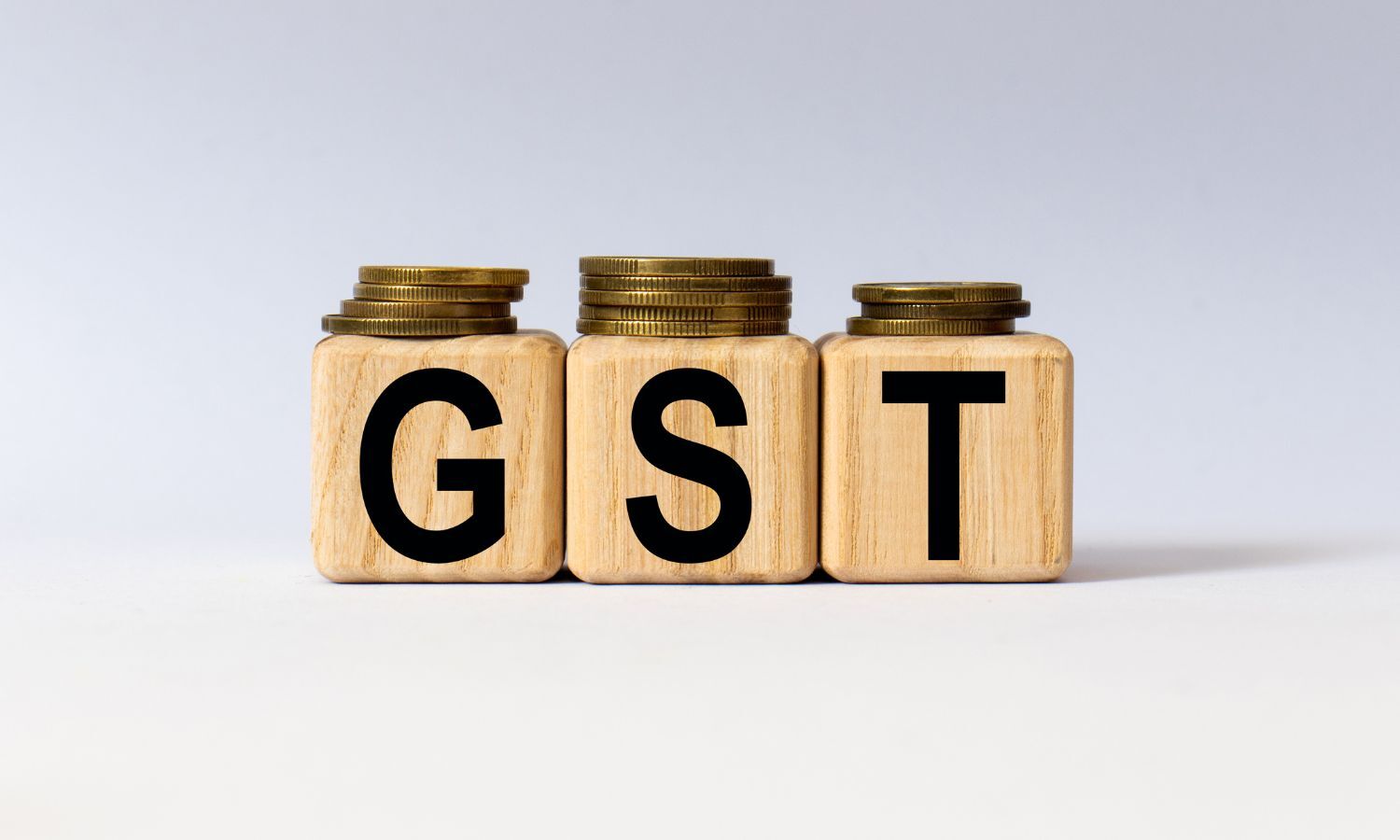
Inflation stymies GST rate rejig
Inflation stymies GST rate rejig
Officials said several states had voiced concerns about the rejig of rates, which would further increase prices amidst inflationary pressure on the economy
Spiraling inflation is likely to put a lid on the plans to rationalise GST rates – at least for now.
The group of ministers (GoM) on rate rationalisation, headed by Karnataka chief minister Basavaraj Bommai, which was supposed to submit its report by this month’s end, has not met since June-end.
Officials said that several states had voiced concerns about the rejig of rates, which would further increase prices amidst inflationary pressure on the economy.
They had earlier flagged the rate hikes on pre-packaged and labelled food items.
The 5 per cent GST which applied to branded packaged products weighing up to 25kg was extended to labelled and pre-packaged products from July.
India’s retail inflation rate reversed its three-month downward trend in August, rising to 7 per cent from 6.7 per cent in the previous month, driven by a surge in food prices.
Retail inflation has continued to remain above the RBI-targeted 4 (+/-2 per cent) band for the eighth consecutive month.
This could put pressure on the central bank to further hike policy rates later this month. Officials said high inflation has reduced the urgency of the exercise because the objective of a revenue neutral rate (RNR) will inevitably lead to higher rates for a large number of items and potentially jack up their prices.
The revenue-neutral rate was about 15.5 per cent when the GST was rolled out in July 2017. However, the actual GST revenues have been going down with the effective tax rate slipping to 11.6 per cent because of the changes made in the tax rates on various goods and services over the last few years.
Sources said one of the proposals under consideration is a three-rate structure of 8 per cent, 15 per cent and 30 per cent.
At present, there are three rates – 5 per cent, 12 per cent and 18 per cent and one de-merit rate of 28 per cent.
According to some estimates raising the 5 per cent slab to 8 per cent may yield an additional Rs 1.50 lakh crore annual revenues.
As per calculations, a 1 per cent increase in the lowest slab, which mainly includes packaged food items, results in a revenue gain of Rs 50,000 crore annually.
Merging the 12 per cent and 18 per cent slabs into any rate lower than 18 per cent may result in revenue loss, the study by the National Institute of Public Finance and Policy said.
NIPFP associate professor Sacchidananda Mukherjee, who authored the study, said the revenue loss was likely as 40 per cent of the revenues come from the 18-per-cent slab.
The Goods and Services Tax collection soared 28 per cent to Rs 1.43 lakh crore in August aided by rising demand and greater compliance.
- The Telegraph Online






